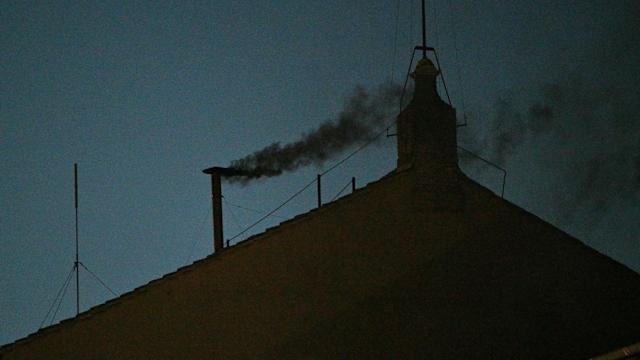The first round of voting yesterday failed to produce a new Pope.
Black smoke billowed from the chimney of the Sistine Chapel, an indication that the process will continue today.
Before the 133 cardinal electors moved into the Conclave, a remark by 91-year-old Dean of the College of Cardinals, Giovanni Battista Re, saying “auguri e doppi,” which could mean either “congratulations twice” or “best wishes twice” to Vatican Secretary of State, Pietro Parolin – set tongues wagging that he is favoured to become the next Pontiff.
At 4:30 p.m. local time, 133 cardinals processed from the Vatican’s Pauline Chapel into the Sistine Chapel. After the papal master of ceremonies, Archbishop Diego Ravelli, declared extra omnes (“everyone out”), the doors of the chapel were sealed and conclave voting began.
It is in the famous Sistine Chapel that the election of the new pope will take place – and have done so since the 15th Century.
The last conclave, in 2013, elected Pope Francis after just five rounds of voting, making it one of the quickest decisions in modern times.
In earlier centuries, disagreements sometimes caused conclaves to stretch on for months.
After the voting has taken place, the faithful gathered in St Peter’s Square – and those watching around the world – will wait for the moment smoke comes out of the Sistine Chapel chimney.
Black smoke means more voting will take place tomorrow. White means we have a new pope.
The longest conclave ever went on from 1268 to 1271 – when Pope Gregory X was elected after an almost three-year process.
The shortest conclave lasted just 10 hours and ended with the election of Pope Julius II in 1503.
In modern times, the last few have all been done within two or three days.
![]()










